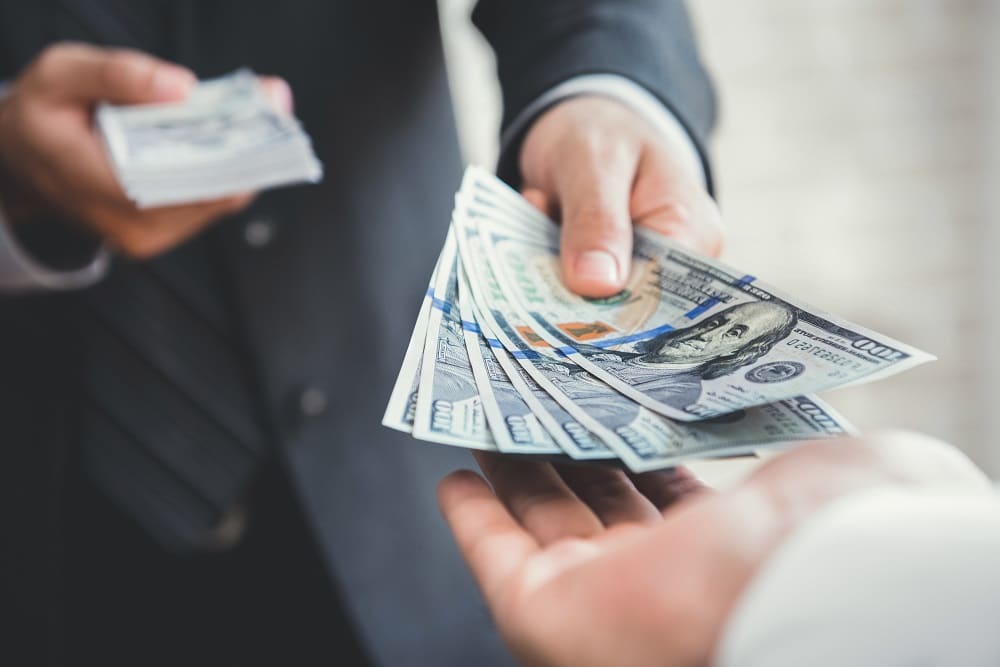
Personal loan rates have doubled in little more than 18 months, spelling “far higher” costs for financially squeezed households hoping to borrow money, new data shows.
In early December 2021 – just before official interest rates began their seemingly relentless march upwards – someone with a good credit rating who was looking for a new £5,000 personal loan to be paid back over 36 months would have potentially been able to access best-buy rates starting at 3.3% from companies such as Sainsbury’s Bank and the AA.
Fast-forward to this week and best-buy rates for that amount and loan term started at 6.6% from Sainsbury’s Bank. However, in many cases, the top rates have more than doubled: several providers that were offering rates below 3.5% in December 2021 are now at 7.2% and above. Also, the rate someone is offered will depend on their personal circumstances, so many people will be asked to pay a rate that is considerably higher than these best-buy rates.
How UK house prices left the middle class behindRead more
However, even based on a previous and new best-buy rate of 3.3% and 6.6% respectively, that means new customers who can access these rates are having to shell out an extra £267 in interest over the 36 months for the same debt.
The numbers were compiled for Guardian Money by Andrew Hagger at the personal finance website MoneyComms.
He says people hoping to borrow money via a personal loan or credit card “are facing far higher costs since this cycle of 13 consecutive interest rate rises kicked off back in December 2021”.
He adds: “Rates for best-buy loans have doubled, so changing the car or home improvement borrowing is now far more costly, and at a time where consumer budgets are already stretched to bursting point.”
There has been growing concern among charities and campaigners that with the cost of living crisis continuing to rage, increasing numbers of people are turning to often expensive forms of credit to cover everyday spending and expenses such as food, housing costs and fuel.
There has, not surprisingly, been a rise in borrowing on plastic of late: the average credit card debt a household stood at £2,350 in May this year, according to new figures this week from the Money Charity. That was up from £2,197 a year earlier, and £1,938 in May 2021.
The most recent data from the Bank of England revealed that the average interest rate on credit cards hit a “record high” of 20.44% in May.
Some providers have been pushing through fairly chunky rate rises lately: some John Lewis Partnership cardholders have just been told that their purchase rate will rise from 20.72% to 24.49% from 30 September.
Credit card rates are variable, although in many cases they are not explicitly linked to the base rate. However, the MoneyComms data showed that rates have definitely been creeping up. In December 2021, several of the leading players including Barclaycard and HSBC had interest rates for purchases of 21.9% for new customers. This week these stood at 24.9% and 23.9% respectively, Hagger says.
He adds that the credit card rate examples above apply to new customers but that “unfortunately, the reality will have been even worse” for some existing cardholders whose rates are linked to the base rate.
“It’s a case of roles reversed, with savers now enjoying decent returns for once, while borrowers have seen cheap money deals simply disappear.”
The most recent Bank of England data also stated that the average rate on new personal loans to individuals stood at 8.27% in May.
These personal loan rates are for new applicants. Remember that most unsecured personal loans have fixed rates, so if you already have one, your monthly payment will not change.
Meanwhile, the typical overdraft rate is now just a little over 21%.

